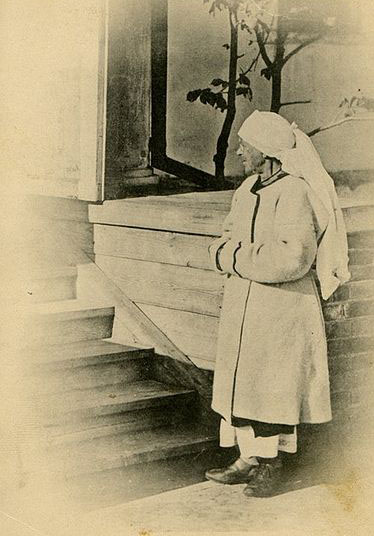The war has lasted almost a month. Ukrainian cities have been subjected to constant aerial bombardment. The city of Mariupol has been under constant fire, and has been effectively cut off from food, water and medicine for weeks. Despite it all, Russia has yet to take over a single Ukrainian city, including the capital Kyiv. The war has seemingly entered a stalemate, with neither side backing down. In this war, the only losers so far have been the citizens of Ukraine.
Life in wartime Ukraine is, suffice to say, a dramatic change from life before the invasion. At the outset of the invasion, President Volodymyr Zelenskyy declared martial law for the whole of Ukraine. He also banned men aged 18 to 60 from leaving the country so they could defend the territory. This has put the women of Ukraine in a precarious and dangerous situation. Do they flee their homes for safer conditions in western Ukraine or countries like Poland? Should they remain in their homes and face greater danger of Russian destruction? Or should they join the military and actively fight back against the invading force?
It has been a mixture of the three. Many women have fled war torn cities with their children, as their husbands stay behind to fight. Overall, there have been 10 million Ukrainians that have been displaced since the war started–almost a quarter of the total population. Around 3 million have become refugees to the west of the country, with that number expected to increase. With the decree keeping men in the country, most of the refugees and displaced people have been women and children. Those that have left are experiencing the trauma of separation from family members and the prospect of not being able to return to their homes, as well as more immediate risks such as a lack of health services and exploitation.
The refugee and displacement crisis in Ukraine is a humanitarian crisis. Women typically find themselves at the brunt of these crises. In a 2019 study published by the United Nations, it found that conflict situations “exacerbate gender inequalities, particularly against women and girls.” The U.N. estimates that one in five displaced or refugee women have experienced sexual violence, and that this risk is exacerbated in the current Ukraine conflict. The threat of violence and harassment for women refugees in western Europe has already reared its ugly head, with women arriving at a Berlin train station being warned about men harassing and trying to traffic women. As women and children continue to flee Ukraine, they run headfirst into a new slate of unwanted danger.
What about those who stay? They have two options: stay sheltered when hostilities are present, or fight. For those who have been caught in between, it has typically led to bloodshed. One can point to the recent bombing of a maternity hospital, which gave the world harrowing photos and videos of pregnant women being stretchered out of the rubble, to show how dangerous it can be for women who had no choice but to stay in the country.
The dangers extend as far as shelters, which have not been spared by Russia’s onslaught. Recently, a theater in Mariupol that had the word “children” written outside was destroyed by a missile. As their world crumbles around them, many of the women who remain in Ukraine will still need access to important health facilities that may be unable to help them. For around 80,000 women, they will give birth in the next three months in potentially life-threatening situations without access to important maternal care.
Many women have chosen to fight back. Some have joined the Ukrainian military as combat medics, teaching combatants how to use tourniquets or rescuing citizens trying to escape destroyed cities. Others have been active in the defense effort, learning how to use rifles, crafting Molotov cocktails and providing security to regions under Russian attack. Many are in combat areas experiencing heavy fire, fighting in the military to protect their territory.
Thus far, conscription has not been necessary for the Ukrainian military due to the large number of volunteers of both women and men. Women have helped the defense effort in other ways too, such as providing supplies to fleeing citizens and making clothing and uniforms for soldiers on the front-line of the battle.
March is Women’s History Month. It is unfortunate that this new chapter of women’s history will be marked by invasion, displacement and conflict. As the war rages on, it is essential that everyone from the outside looking in remembers the women of Ukraine. That means supporting and doing what you can to help refugees or displaced Ukrainians. It means standing up against sexual violence and harassment towards women refugees. It means being hopeful due to the perseverance of the women in the armed forces and those who remain in Ukraine providing supplies and rescuing those in need.
With our collective support, women can–and will–get through this, and the next Women’s History Month will be a global celebration of their efforts.
Luke Halpern can be reached at [email protected] and followed on Twitter at @lukehalpern.



















